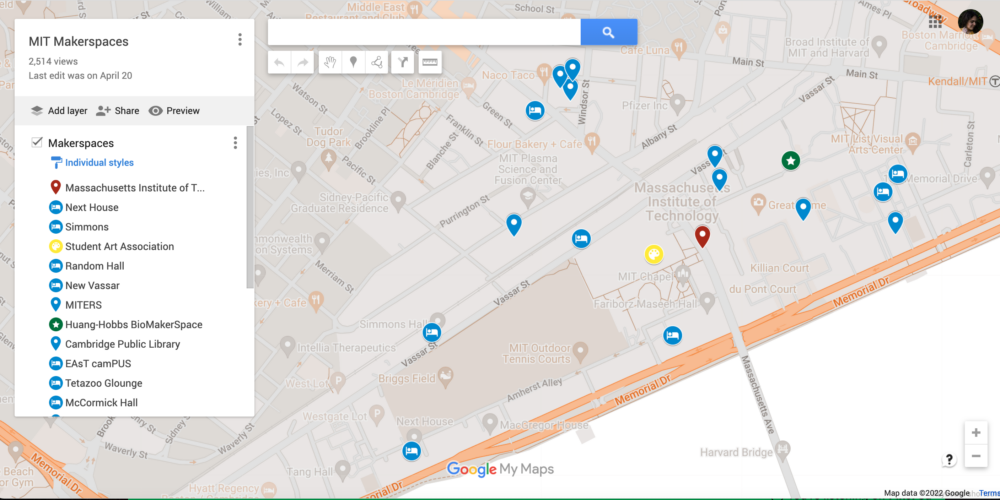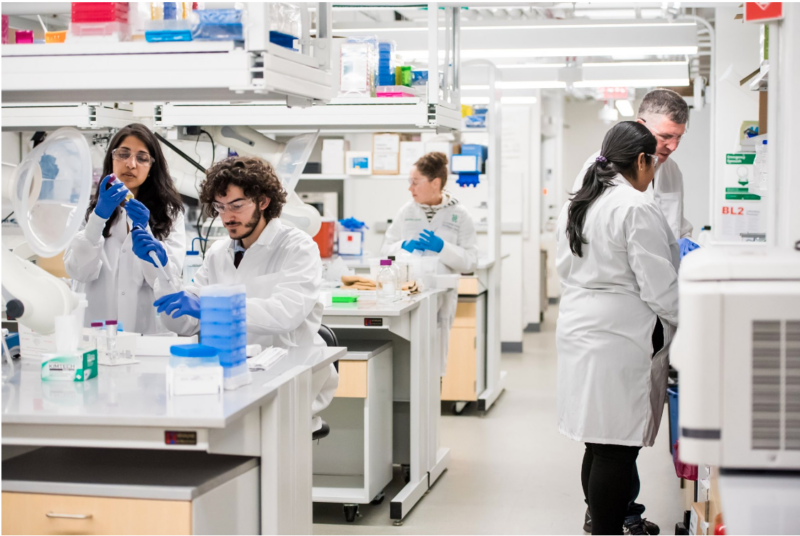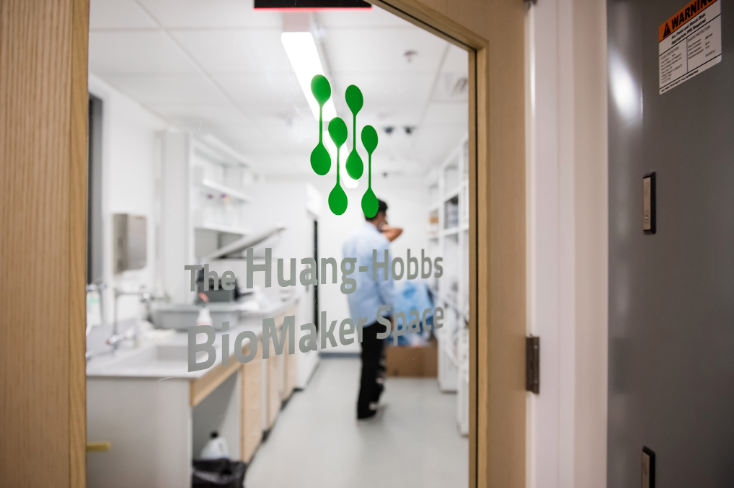
[joint post] A Map of MIT Makerspaces by Amber V. '24
ft MechE grad student and mapmaker Rima Das
Co-written by Rima Das and Amber Velez
Amber: One unique characteristic about MIT is its plethora of makerspaces. There are big basement machine shops for meche classes, little makerspaces with laser cutters or drills in many dorms, a wonky woodshop under EC, and even bio and nuclear makerspaces, if you know where to look. The issue is, it’s difficult for any one student to know where all the makerspaces are. PhD student Rima Das is working on a project to remedy that — she’s putting together a collaborative map of MIT makerspaces throughout campus!
Rima: The makerspace map is a crowdsourced online map where members of the community can add pins for different makerspaces on and around campus. In addition, they’re able to add descriptions to each pin to share information about the types of making that happen in the space, how to get access, and notes about the space’s culture.

Amber: Before making this map, the most complete makerspace map we had was this one — which is great, but doesn’t cover everything.

Amber: As a meche always looking to discover new makerspaces, I was so happy to see this map show up in dormspam.01 ie, emailed out to all MIT dorms What were some of your motivations in designing it?
Rima: If there’s one thing I know about MIT is that it’s impossible for one person to know everything about MIT! Campus is so full of different nooks and crannies that become home to different groups. I’m interested in this phenomenon, especially for makerspaces. Our campus is unique in just how many maker spaces (or spaces for making) it houses! To try and better understand where each of these spaces physically exists, I created a collaborative online map that any member of the community can add to. I hope that this becomes a living document that people can add to as they discover and interact with more spaces. Eventually, I would love it if it even starts to encompass the kinds of making that people do in their dorm rooms. I have a vinyl cutter in my GRA apartment—I think that’s a makerspace too!
Amber: That sounds amazing. Which makerspaces particularly stuck out to you?
Rima: I was amazed at just how many spaces there are on here that I didn’t know about and now I have so many I’d like to visit. The Huang-Hobbs BioMakerSpace is the first space I’ve ever heard of that lets students propose personal projects that involve biological and chemical experimentation. I also had no idea the Radio Society had their own workshop. Their description in the map makes it clear that it has a very fun culture with people who probably become “regulars” even though I had never heard of it before. It really fills me with a sense of wonder whenever I realize how many different and equally rich ways there are to experience MIT! There’s also a lot of dorm makerspaces listed on the map, which is fun—it’s nice to see what kinds of making happens in different dorms and how that links to their cultures.
Amber: I’m so excited to see this map grow. Thanks for doing this, Rima!
Rima: Thanks so much for writing about it and for being part of the maker community here! We’ll have to go visit some of these spaces and learn more!


